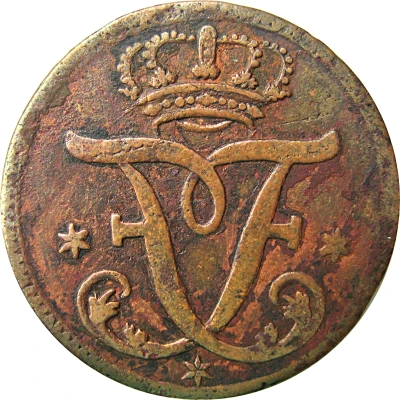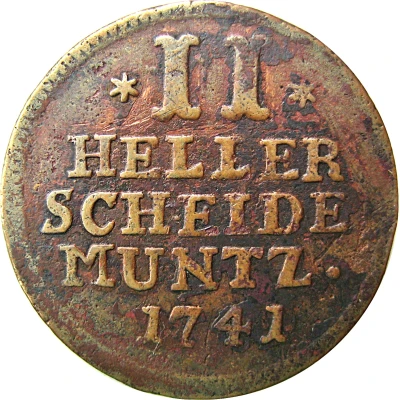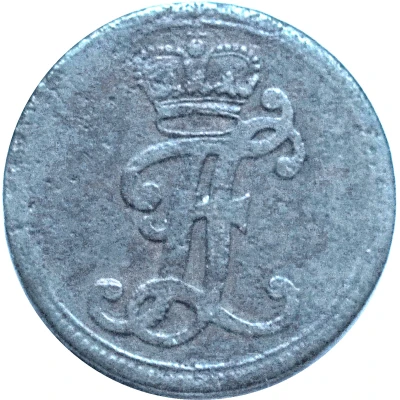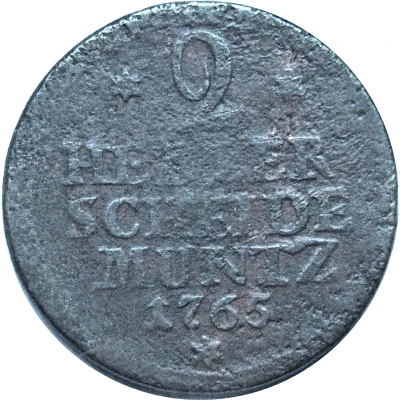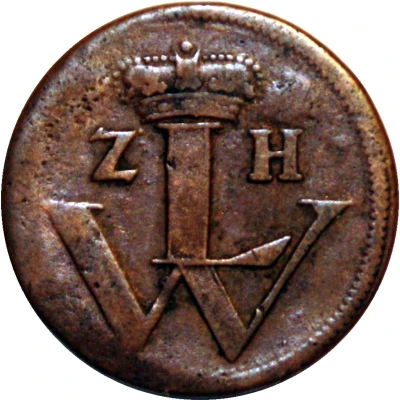
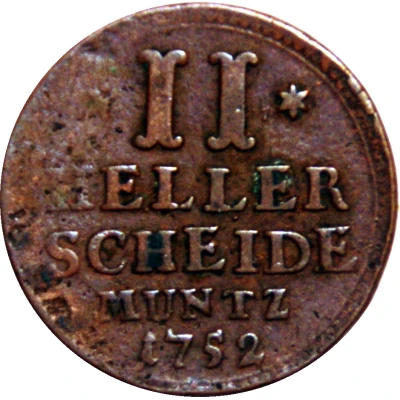

© M. Sander
2 Heller - William VIII
| Copper | - | 23 mm |
| Issuer | Landgraviate of Hesse-Cassel (Hesse-Cassel) |
|---|---|
| Landgrave | William VIII (1751-1760) |
| Type | Standard circulation coin |
| Years | 1751-1758 |
| Value | 2 Hellers (1⁄192) |
| Currency | Thaler |
| Composition | Copper |
| Diameter | 23 mm |
| Shape | Round |
| Orientation | Coin alignment ↑↓ |
| Demonetized | Yes |
| Updated | 2024-10-05 |
| Numista | N#65874 |
|---|---|
| Rarity index | 67% |
Reverse
5-line inscription with denomination and date.
Script: Latin
Lettering:
* II *
HELLER
SCHEIDE
MUNTZ
1752
Edge
Plain
Interesting fact
One interesting fact about the 2 Heller coin from the Landgraviate of Hesse-Cassel is that it was minted during a time of great economic and political change in Europe. The coin was issued during the reign of William VIII, who was a prominent figure in the history of Hesse-Cassel and played a significant role in the Seven Years' War. The coin's design, which features an image of William VIII on one side and the Hesse-Cassel coat of arms on the other, reflects the political and cultural influences of the time. Additionally, the fact that it was made of copper, a relatively inexpensive metal, suggests that it was intended for everyday use by the general population, rather than being a high-value coin reserved for the wealthy elite. Overall, the 2 Heller coin from Hesse-Cassel offers a fascinating glimpse into the history and culture of 18th-century Europe.
